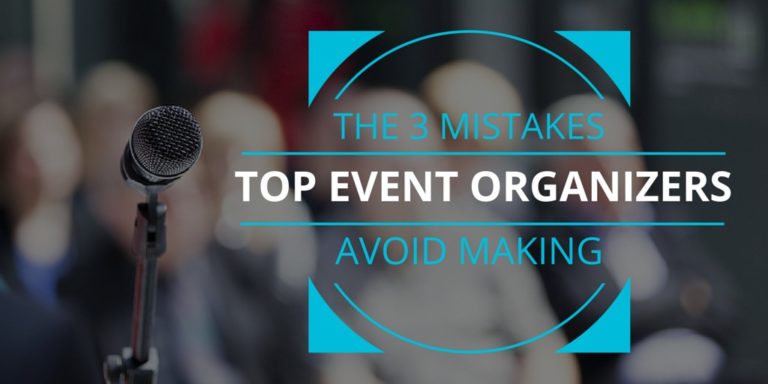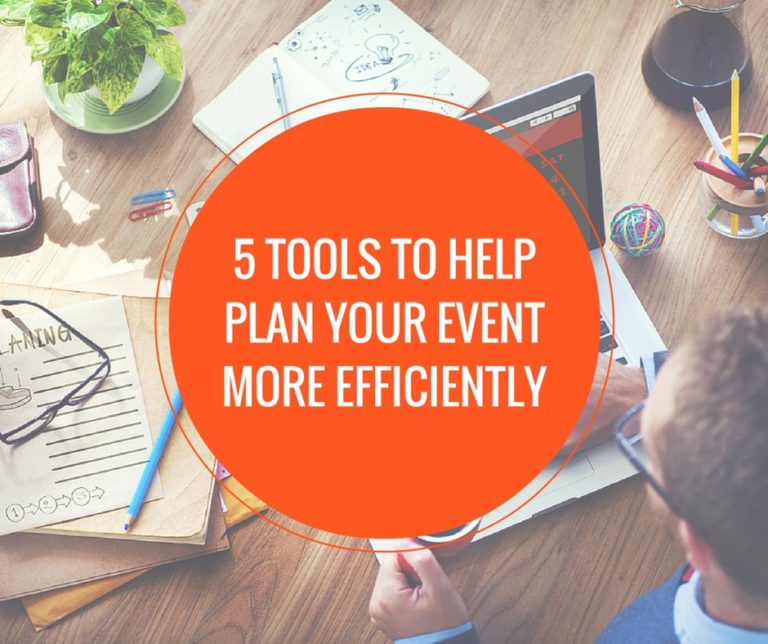Event Sponsorship Tiers 101
Attracting the right sponsors for an event can is crucial for making your event a success. One of the ways to do this? Creating event sponsorship tiers. If you’re not sure what this means or how to do it, don’t worry, we will be covering what you need to know in this article. Keep reading!
What Are Event Sponsorship Tiers?
Before we can begin to discuss how to create effective event sponsorship tiers, you need to know what they actually are. Event sponsorship tiers essentially outline the various sponsorship levels potential sponsors can choose from. Whether you’re putting together in person events, hybrid events, outdoor events, virtual events, small events or large-scale events, sponsorship tiers can make it easier for you to attract different kinds of sponsors for your event.
How Do Event Sponsorship Tiers Work?
Event sponsorship tiers work by structuring sponsorship packages into distinct event sponsorship levels that offer specific requirements and benefits that can be chosen by a potential sponsor. After an event planner designs these tiers, sponsors can choose a tier that aligns with their goals and budget. The higher the tier, the more benefits a sponsor typically gets from the event, such as extensive marketing exposure. While lower-tier sponsors usually get few perks from their sponsorship, they can still gain valuable visibility and engagement opportunities. This tiered system of event sponsorship provides the transparency and flexibility any good partnership should have and makes it easier for organizers to plan the best event possible.
Benefits of Structuring Sponsorship With Tiers
There would be no reason to create event sponsorship tiers if there were no benefits to having them. The fact is that sponsorship tiers can be enormously beneficial for the success of your event. Some of the benefits include increasing revenue potential, building long-term relationships, and encouraging sponsorship renewals.
Increase Revenue Potential
Finding the right sponsors can help you create an event that is even more valuable than it would have been without them. And a more valuable event can attract even more attendees, increasing your event’s revenue potential. Of course, to do this, you need to find multiple sponsors who are excited about partnering with you. This is where event sponsorship tiers help.
While offering only one type of sponsorship limits the potential sponsors you can work with, as well as the level of support you get for your event, by offering multiple tiers, you can attract a more diverse range of sponsors with varying budgets, from smaller local sponsors to bigger sponsors. You may be able to work with sponsors of different industries. So, while offering sponsorship tiers may not seem to be related to your event’s revenue, in reality, tiers can help you attract more sponsors and make your event more valuable, therefore becoming more attractive to attendees buying tickets.
Also, not only does offering sponsorship tiers help you increase your event’s revenue by attracting more attendees, it can also help you increase your event’s profits, as sponsors can help you lower the costs of the event and stick to your event budget. Clearly, there is a great financial incentive to creating event sponsorship tiers, so don’t skip it!
Build Long-Term Relationships
One of the key benefits of sponsorship tiers is their ability to help you build long-term relationships with your sponsors post-event. Partnerships should be beneficial for both the sponsors and organizers and sponsors are far more likely to want to work with event planners that cater to their diverse needs and goals. If they feel like they did not benefit from your event, the reality is they will move on to another one. Personalization goes a long way when it comes to fostering long-term relationships with sponsors.
Encourage Sponsorship Renewals
Everyone wants to work with partners that make the process as easy as possible while also delivering the benefits that were promised. So, offering sponsorship tiers with clearly defined benefits and expectations can motivate your sponsors to want to renew your partnership for your next event. And they may even be more inclined to invest more into your next event after the first trial. For example, say a sponsor invested in your lowest tier sponsorship package for your first event, but after witnessing the benefits from their first sponsorship, they gradually scale up their involvement. The tiered approach to sponsorships can help you cultivate trust, loyalty, and mutual understanding, making sponsorship renewals far more likely.
Common Types of Sponsorship Tiers
There are many types of sponsorship tiers, and every event has its own way of doing things. However, there are some common types of sponsorship tiers that are helpful to know about when creating yours.
For example, the most common types of sponsorship tiers are bronze, silver, gold, platinum, and diamond tiers, although these may be named differently depending on the event. These types of tiers start from low-level sponsorships (bronze) to high-level sponsorships (diamond), with each tier offering more benefits to the sponsor as well as a greater commitment from them. The marketing objectives, expectations, and benefits are predetermined, and the sponsor will choose which tier suits their goals as a sponsor. If you have a sponsor who wants bonus perks (like an extra social media shoutout post) but doesn’t want to invest in a larger tier, a la carte options can be a helpful solution.
The benefit of these sponsorship tiers is that they cater to sponsors with varying budgets and objectives, allowing organizers to accommodate a wide range of sponsors while providing valuable opportunities for engagement and exposure at different investment amounts.
Key Components of Sponsorship Tiers
Now that you know the most common types of sponsorship tiers, the important thing to understand is what the key components of these tiers usually are so you can come up with your own sponsorship ideas and structure your tiers. Let’s go through a few:
- Logo placement: Sponsorship tiers typically offer different levels of logo placement on event materials such as banners, signage, and promotional materials. Higher-tier sponsors get more prominent placement compared to lower-tier sponsors.
- Engagement with attendees: Higher-tier sponsors often receive opportunities for direct engagement with event attendees, such as hosting branded booths on the event floor, organizing sponsored activities, participating in discussions, or something else.
- Ad placements: Higher-tier sponsors may receive exclusive ad placements in event programs, on event websites, or in email newsletters, providing them with additional exposure to attendees before, during, and after the event.
- Sponsored posts: Sponsors may have the option to sponsor social media posts, blog articles, or other content related to the event, reaching their target audience and generating buzz around their brand. Higher-tier sponsorship packages may include a number of sponsored posts, while lower-tier sponsorship packages may include just one or none.
- Press release mentions: Sponsors may receive mentions or acknowledgments in event press releases, which may be included in higher-tiers and not included in lower-tiers.
These are just a few of the components usually included in various sponsorship tiers, and it’s up to the event organizers to decide how they wish to structure each tier.
How To Determine Sponsorship Tier Pricing
There are various factors that can help you determine the pricing of your sponsorship tiers. Here are a few ways to approach this.
- Estimate your audience size: One of the most important pieces of information any sponsor wants to know before partnering with you is what level of reach they will get when sponsoring your event. So, make sure to estimate the size of your audience using ticket sales data, past event data, or anything else that can help you estimate the number of people who will attend your event.
- Research competitor rates for sponsorships: Research what other events of similar size, demographics, and reach price their sponsorship packages. This can help you determine your own pricing and make sure it is competitive.
- Factor in costs: One thing that is often forgotten is that sponsorships also cost the organizer something, whether it be costs associated with producing sponsorship benefits, such as printing banners, designing marketing materials, hosting sponsored activities, or manpower. Make sure that the pricing covers these expenses while still providing a profit.
- Consider the value of your package: It’s important to be able to justify your pricing to your potential sponsors using your calculations on what they will get out of your event, whether it’s brand exposure, engagement opportunities, or lead generation.
- Test and iterate: Start with initial pricing tiers based on your assessment, but be prepared to adjust them based on feedback from potential sponsors and actual sales. With each event, you can better understand the true value of your sponsorship packages and even raise prices if it’s justified.
Streamline the Entire Sponsorship Management Process
Streamlining the sponsorship management process in its entirety is no easy feat, but doing so can help make your event a massive success. Events.com can help. You can use the user-friendly platform to access our sponsorship database, load in your list of prospective sponsors, and then create proposals and agreements to send to them. You can also use Events.com to help you with event registration, selling tickets, becoming a sponsor yourself, and more. Schedule a demo to learn more.




